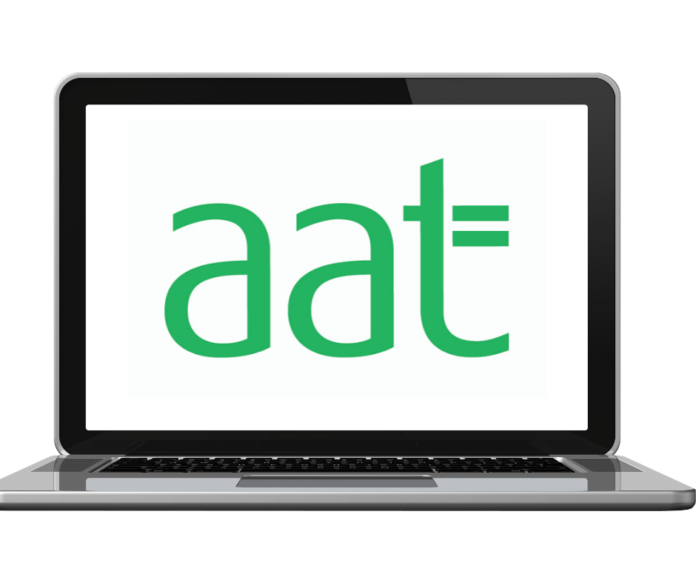April 2022
Nick Craggs explains why using SWOT analysis will help you score well in the Professional Synoptic exam.
Each year AAT refresh the scenario used in the Professional Synoptic exam. This year the exam is based on a company called Horizon Hot Tubs, which is topical given that everyone other than me bought a hot tub over lockdown. If you want to sit in a lukewarm stagnant pond with your neighbours, that’s up to you.
So, each year I write an analysis on what each scenario entails and what could possibly come up in the exam – emphasis on POSSIBLY.
The owners of Horizon Hot Tubs are looking to sell the business in five years at a price of two times the average revenue over the five-year period. This means there is probably a real focus on driving revenue as high as possible. However, things have not gone as well as they would have liked, sales are down, and costs are up.
So much so the owner received an offer for just double the profit, rather than revenue, and they were tempted to sell.
There have also been issues with cashflow recently as they have now allowed their customers to pay just 20% up front and the balance with delivery, but the lead time for delivery can be up to eight weeks. Yet Horizon Hot Tubs need to pay for the hot tubs in full within seven days of receipt.
The pressure to rapidly increase sales, whilst not having cash to fund the business, means to me there could be a real danger of overtrading.
To increase revenue the company has diversified into offering to service hot tubs after the sale and sell consumables like filters.
The filters get a high margin, which does look promising for the future. However, they have decided to sub-contract this, which to me raises lots of flags about control. Remember, this unit is all about internal controls, and with this being outsourced the company has much less control on quality and standards, which has led to complaints.
This is further compounded by them using a specialist delivery firm who have high staff turnover. The technical nature of installation and the inexperience of the staff at the delivery firm have led to further complaints.
There is a very good chance that you might be asked to complete a SWOT analysis in task 6 of this exam. One of the key points about a SWOT analysis is that the Strengths and Weaknesses should be internal factors, and Opportunities and Threats should be external factors. I would definitely put the delivery firm they use and the outsourced servicing team down as a threat.
The next thing you could get asked in a SWOT analysis is then to make recommendations based on your analysis. It isn’t a leap too far to suggest that it would be a good opportunity to bring the delivery and servicing in-house.
Another issue which to me looks like it could generate lots of issues about control is staff working from home. They used to work in an office, and now staff are all working from home, and morale has fallen. I am a massive fan of working from home, but Horizon Hot Tubs are clearly not doing this very well.
The lack of meetings has led to a feeling of a lack of leadership and direction. This firstly looks to me like something I would mention if I was asked in task 3 to explain some possible weaknesses in the business. It is also something that perhaps might come up in a cost benefit analysis type question in task 6. Would the benefits of returning to an office outweigh the costs, in both financial and non-financial terms?
Horizon Hot Tubs have recently been looking at selling hot tubs overseas, which is an interesting option. When I first started reading the scenario one of the first things I saw was that they import their hot tubs from overseas. I immediately thought that this is a threat (think SWOT again) of the pound weakening and the cost of their hot tubs rising. Selling hot tubs overseas may go some way to offset this risk, as if the pound weakens your costs will go up, but if you are selling overseas your products will be cheaper. This is a good way to offset a threat and an opportunity to increase revenue.
As a disclaimer, these are only my thoughts; you might get a SWOT analysis or a cost benefit analysis in your exam, or you may not. Each synoptic window has a different exam written for it, and the question types and subjects will vary from sitting to sitting.
• Nick Craggs is an AAT distance learning tutor at First Intuition




